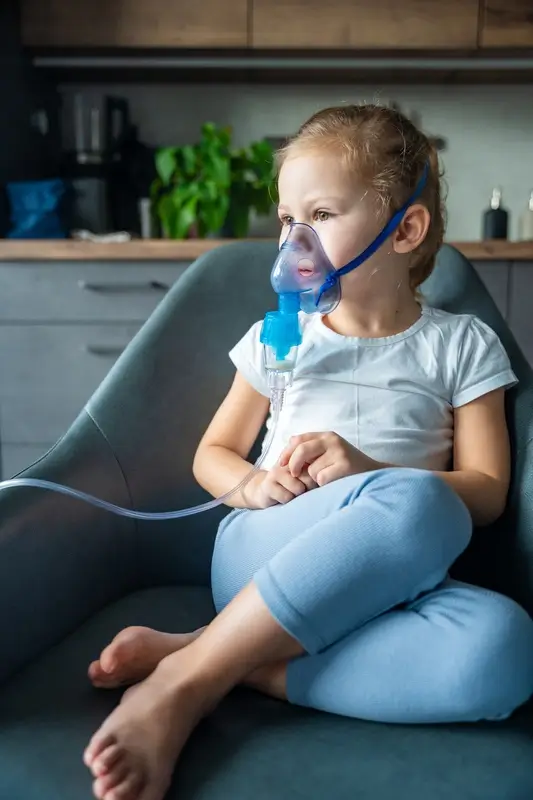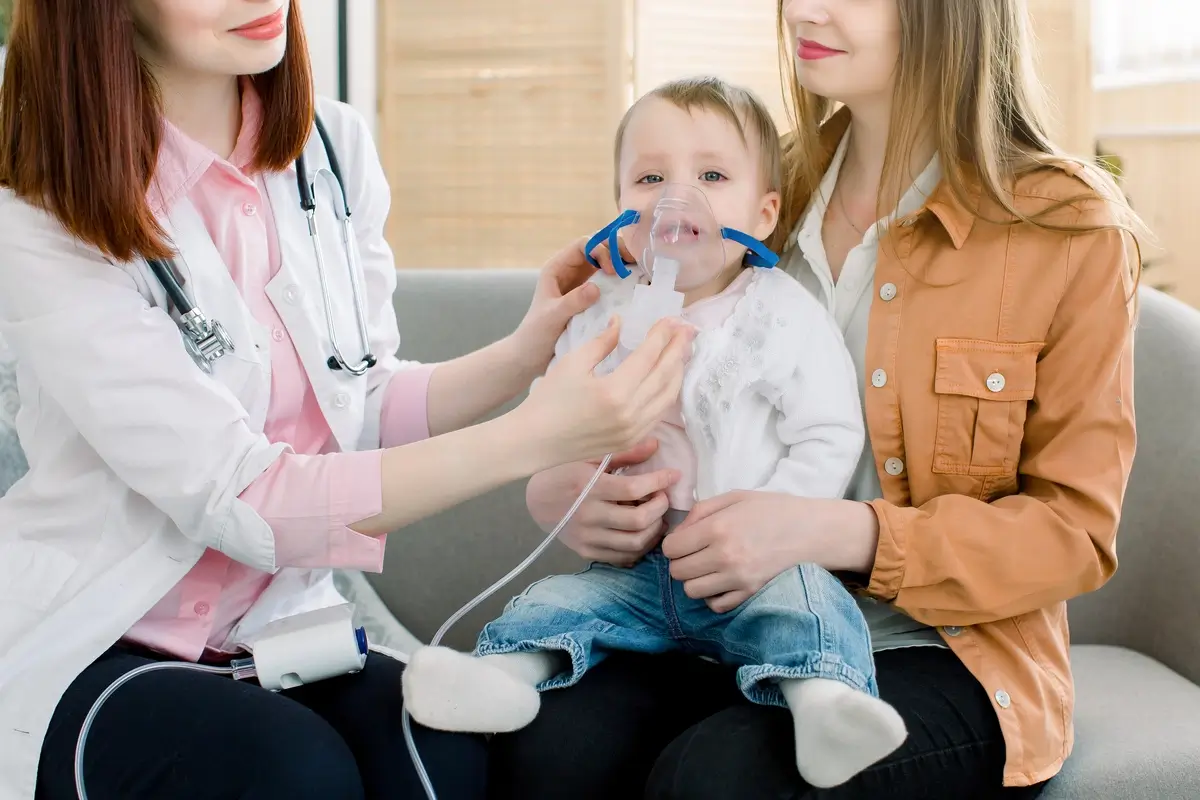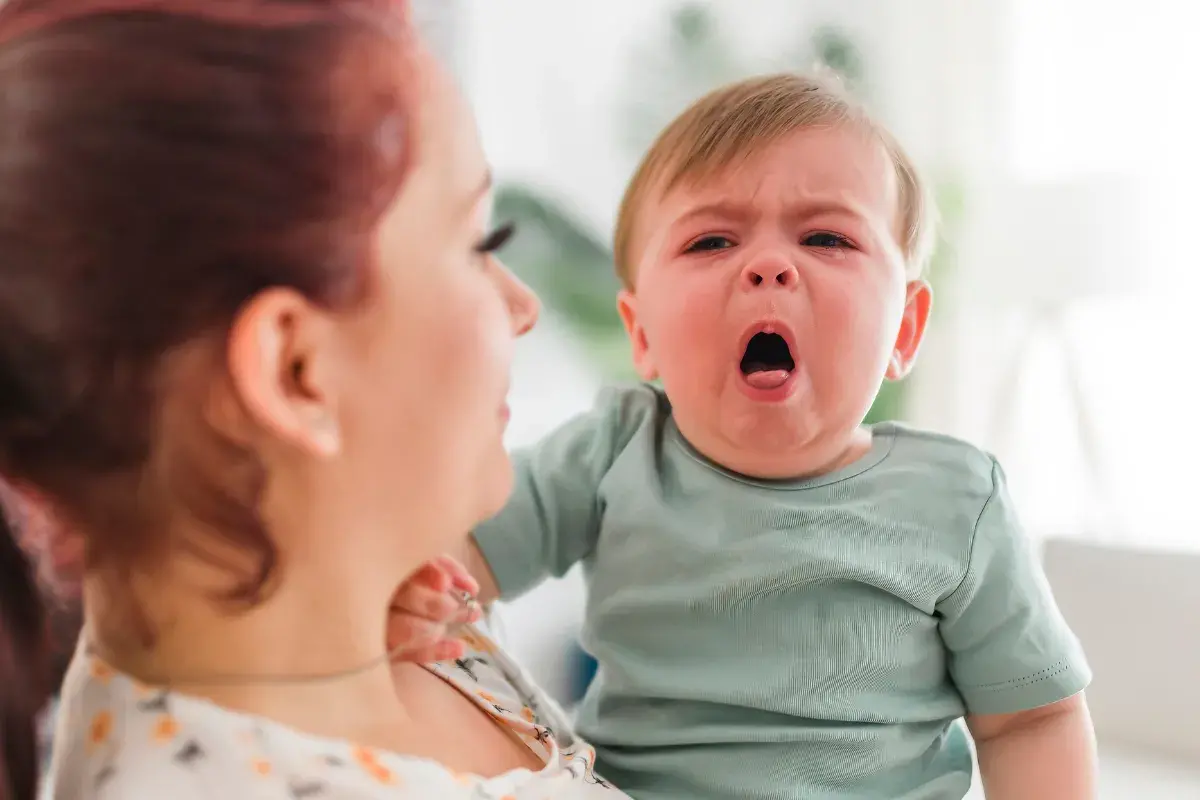As parents, caregivers, or those invested in children’s health, learning about new pathogens affecting young children can be concerning. Recently, one name has been circulating among pediatricians and health specialists: Mycoplasma pneumoniae, a bacterium that targets the respiratory system of children, especially those aged 2 to 4 years. While not technically a virus, its transmission and behavior have raised alarm, particularly in confined spaces like schools and daycare centers.
What is Mycoplasma pneumoniae?
Mycoplasma pneumoniae is a bacterium that commonly causes respiratory infections, known as atypical pneumonia. Unlike traditional pneumonias, this one does not respond to certain common antibiotics because it lacks a cell wall, making it resistant to beta-lactam treatments.
While this bacterium primarily affects older children (5 years and above) and teenagers, younger children, especially those aged 2 to 4, have shown greater vulnerability in this recent outbreak.
How to Identify It
The symptoms of Mycoplasma pneumoniae can often be mistaken for a common cold or flu, but its progression and persistence are key warning signs. The most common symptoms include:
- Dry cough, which may later become productive
- Fever and general discomfort
- Sore throat and headache
- Fatigue and loss of appetite
“One of the greatest challenges with Mycoplasma pneumoniae is that its initial symptoms may go unnoticed or be confused with other respiratory illnesses. This is why it’s crucial to monitor its progression closely,” advises Dr. Denise Nuñez.
How Is It Transmitted?
Mycoplasma pneumoniae is transmitted through large respiratory droplets released when coughing, sneezing, or even talking. This mode of transmission makes it particularly easy to spread in enclosed spaces, such as:
- Daycares
- Schools
- Homes with multiple children
Infections often occur in outbreaks, especially during colder seasons or when children spend more time indoors.
A Close Example
Imagine a classroom where one child with a dry cough doesn’t cover their mouth properly. Respiratory droplets can settle on surfaces or be inhaled by other children. Without preventive measures, this could trigger an outbreak among classmates.
Acting in Time Is Key
Diagnosing Mycoplasma pneumoniae isn’t always straightforward due to its nonspecific symptoms. However, pediatricians use specific tests to confirm the diagnosis, such as:
- Laboratory tests: Polymerase Chain Reaction (PCR).
- Serologies: To detect specific antibodies against the bacteria.
Effective Treatment
Treatment typically involves the use of macrolides, a class of antibiotics effective against Mycoplasma pneumoniae. According to Dr. Núñez:
“It’s crucial that parents avoid self-medicating their children with common antibiotics, as these may not be effective against Mycoplasma pneumoniae. Consulting a specialist is indispensable.”
How to Prevent It
Although there’s no vaccine for Mycoplasma pneumoniae, simple yet effective preventive measures can make a significant difference:
- Hand hygiene: Frequently washing hands, especially after coughing or sneezing.
- Respiratory etiquette: Covering the mouth with the elbow or a disposable tissue when coughing.
- Surface cleaning: Regularly disinfecting objects and commonly used areas.
- Avoiding close contact: Keeping sick children at home until they’ve fully recovered.

“Educating parents and caregivers about symptoms and preventive measures is our best tool to protect children, especially the youngest ones,” emphasizes Dr. Núñez.
Final Thoughts
Mycoplasma pneumoniae represents a growing challenge in pediatric health, particularly for children aged 2 to 4. While its symptoms may seem mild at first, its progression can become complicated if left untreated. Early detection, proper treatment, and effective prevention habits are key to keeping young ones healthy and protected.
Remember: At the first sign of concerning symptoms, don’t hesitate to consult a specialist.
Did you find this blog helpful? Share it with other parents and caregivers! Follow me on my social networks! You can find me on Instagram, Facebook, Twitter, and LinkedIn. Let’s work together to guarantee our little ones a healthy life, with habits that boost their well-being to the maximum.






